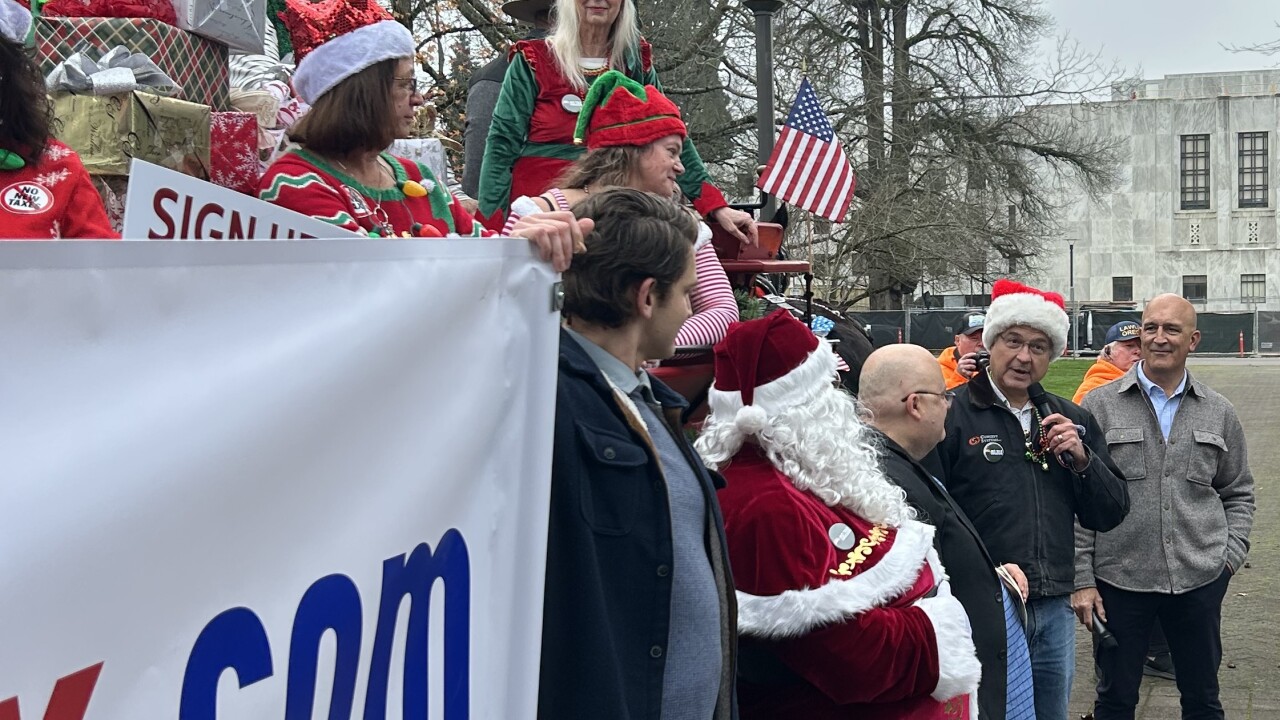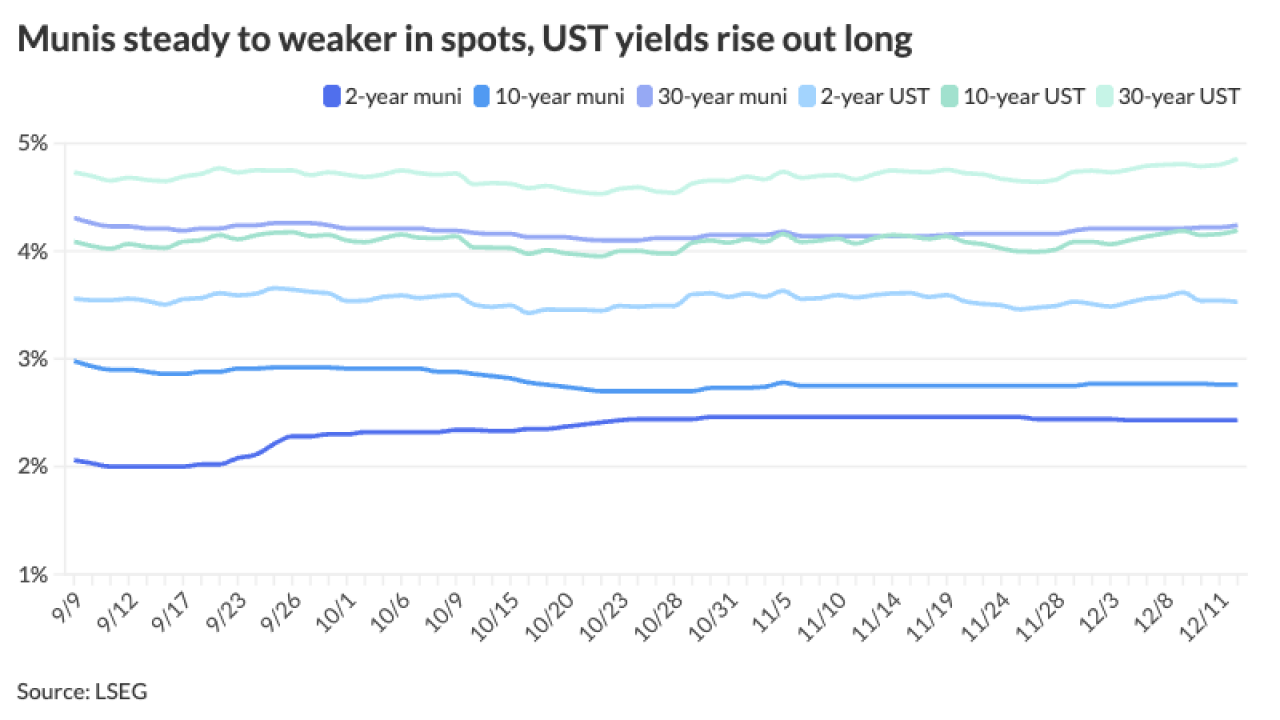Congressional lawmakers are showing an increased interest in what they think is the poor functioning of the Federal Reserve’s Municipal Liquidity Facility, and some lawmakers believe changes should be made to expand it to more local governments.
During a Municipal Analysts Group of New York webinar, Emily Brock, director of the Government Finance Officers Association’s federal liaison center, said over the past week her discussions with lawmakers have indicated that there is a growing curiosity in how the $500 billion MLF is functioning.
“Congress wants to know why the take rate is so little,” Brock said. “Why is it that only MTA and the state of Illinois have used the Municipal Liquidity Facility?”

The Senate Banking and House Financial Service committees met this week to discuss the MLF and there is another hearing on that subject next week from the Congressional Oversight Committee, which Brock says shows a growing interest in how the MLF is functioning. There are more hearings being scheduled to have U.S. Treasury Secretary Steven Mnuchin and Fed Chair Jerome Powell to face questions from both Democrats and Republicans, Brock said.
“So it’s a very bipartisan discussion and they’re trying to figure out where and how those 13.3 facilities have failed, especially in the Municipal Liquidity Facility field,” Brock said.
A few Republicans sit on the Congressional Oversight Committee such as Reps. French Hill, R-Ark., and Pat Toomey, R- Penn., and a scheduled hearing suggest bipartisan interests in the MLF’s functioning.
Brock believes a congressional push to make changes in the MLF is possible, but it wouldn’t before November since it would be prompted by market instability.
“They appear to be gathering significant information via all these hearings,” Brock said.
Specifically, Sen. Bob Menendez, D-N.J., is dedicated to looking at the MLF, and lawmakers in the Municipal Finance Caucus are curious about the program and why the Fed is acting as a lender of last resort, Brock said.
In June, Reps. Rashida Tlaib, D-Mich., and Joe Neguse, D-Colo., introduced the Uplifting our Local Communities Act which would bring the population threshold down to 50,000 residents, include territories and bring down interest rates.
The Fed initially charged issuers a premium for using the program at a baseline of 150 basis points for triple-A to 590 basis points for below investment-grade-rated issuers. As of August, the Fed reduced those prices by 50 basis points in each credit category.
Issuers have said interest rates are too high but expect the Fed to lower them. Only Illinois and the New York Metropolitan Transportation Authority have used it so far.





